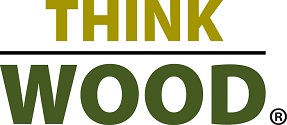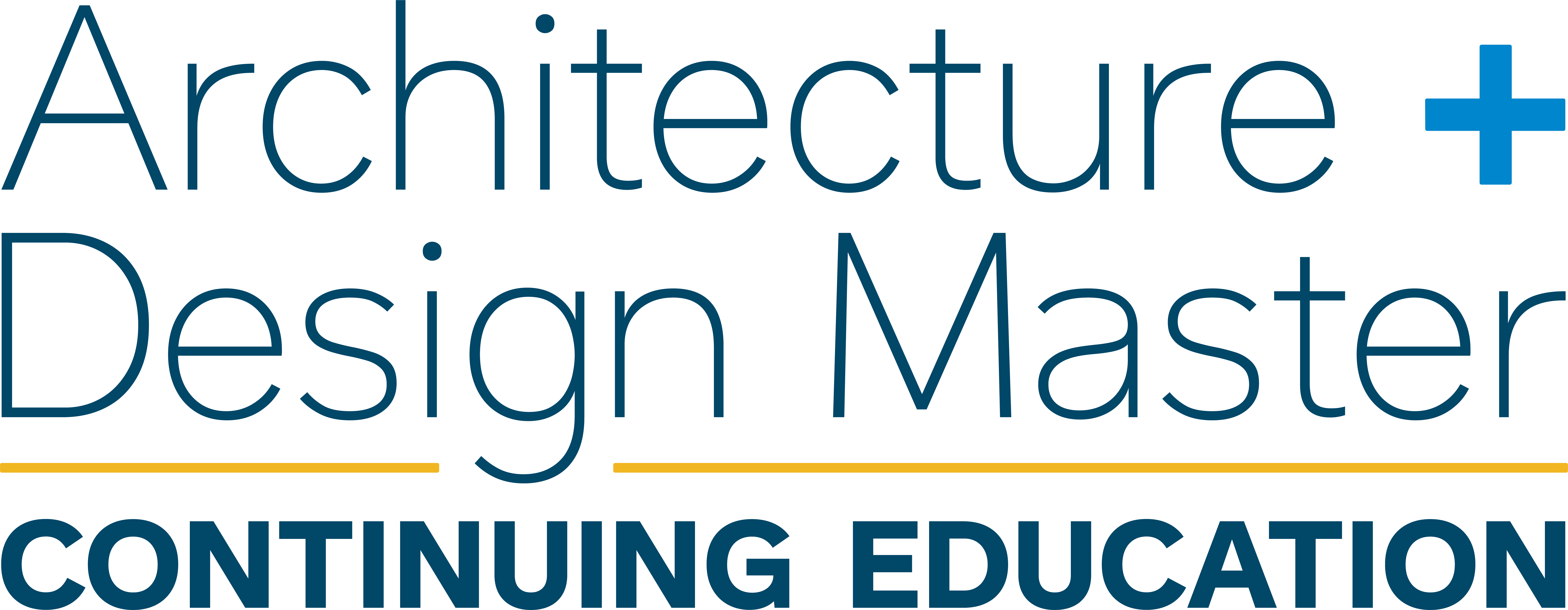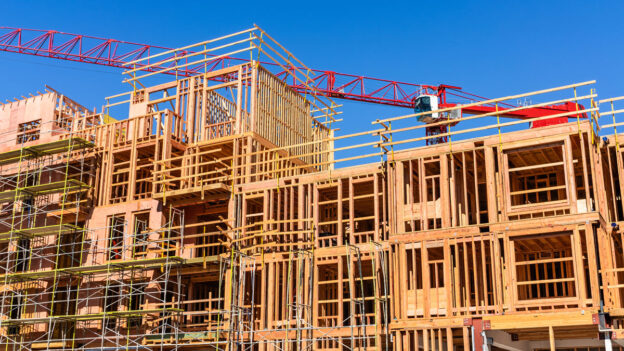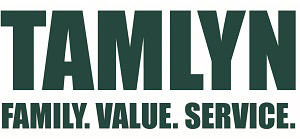Date: September 24, 2025 | 1:00 PM EST / 12:00 PM CST
Duration: 1 hour
Credits: 1.0 AIA LU
Sponsor: Think Wood
Cost: Free
Mass timber and light-frame wood construction are recognized as essential tools for reducing embodied carbon in the built environment. This course provides a comprehensive look at how structural materials such as cross-laminated timber (CLT) and glued- laminated timber (glulam) can impact the carbon footprint of new construction and retrofits while meeting performance, safety, and aesthetic goals. Participants will explore the distinction between operational and embodied carbon, understand the carbon benefits of wood systems, and learn how to integrate these materials into projects of all types. Through real-world case studies, attendees will see how innovative wood structures are achieving net-zero or low-carbon targets, as well as how design teams are leveraging various tools to make informed material choices. The session will also cover practical guidance on specifying wood to meet sustainability standards such as LEED, WELL, and others, aligning building projects with evolving decarbonization goals.
Learning Objectives
By the end of this course, participants will be able to:
- Differentiate between operational and embodied carbon and explain why both must be addressed to meet performance targets.
- Identify the structural, environmental, and design benefits of mass timber products such as CLT and glulam.
- Interpret carbon data to compare wood products with alternative structural materials in terms of carbon impact.
- Evaluate real-world case studies of net-zero or low-carbon buildings that successfully integrated mass timber or other wood products.
- Apply best practices for specifying wood to meet recognized sustainability certifications and rating systems.
Sponsored by










